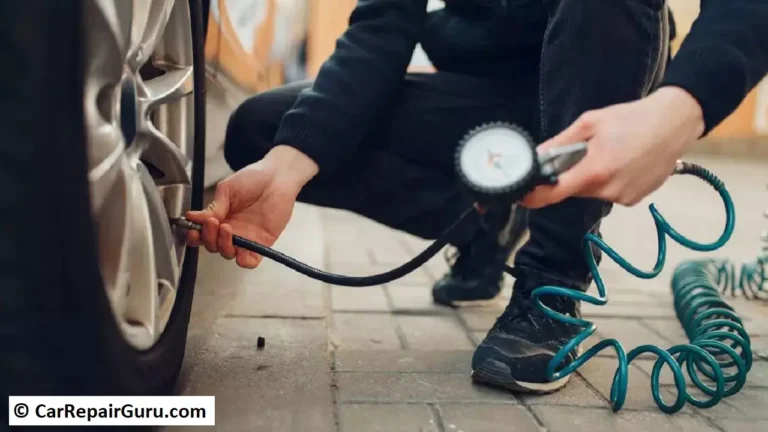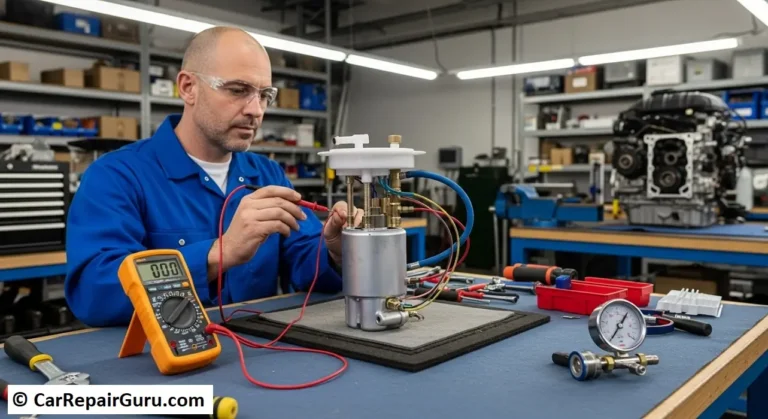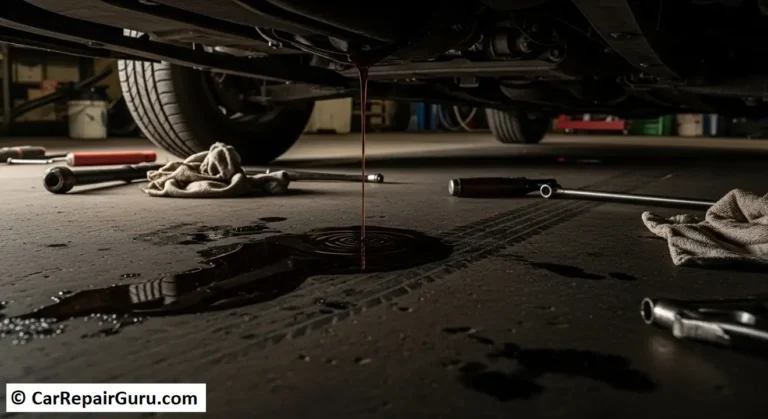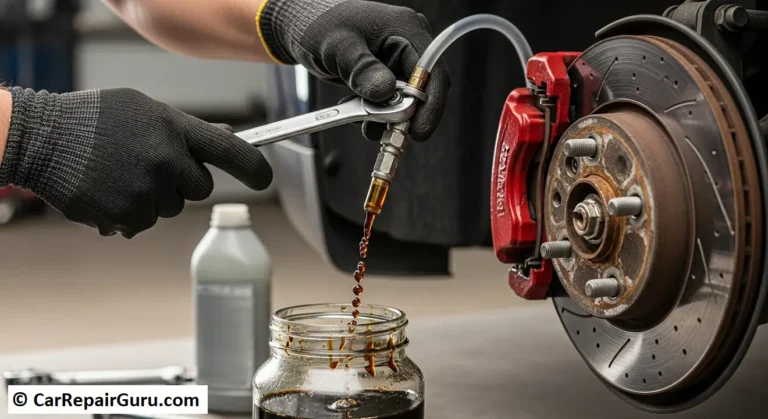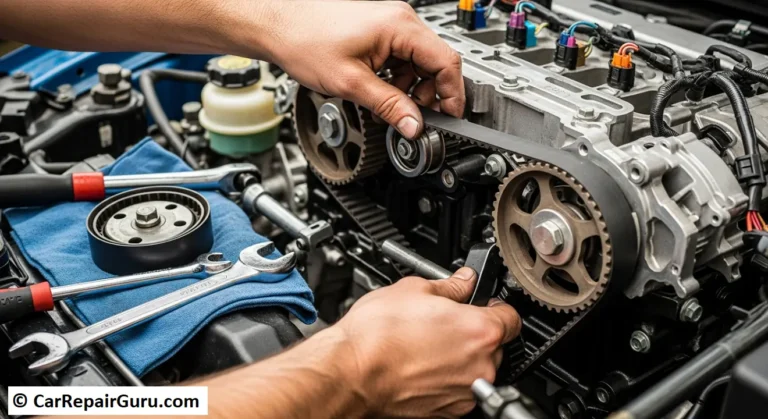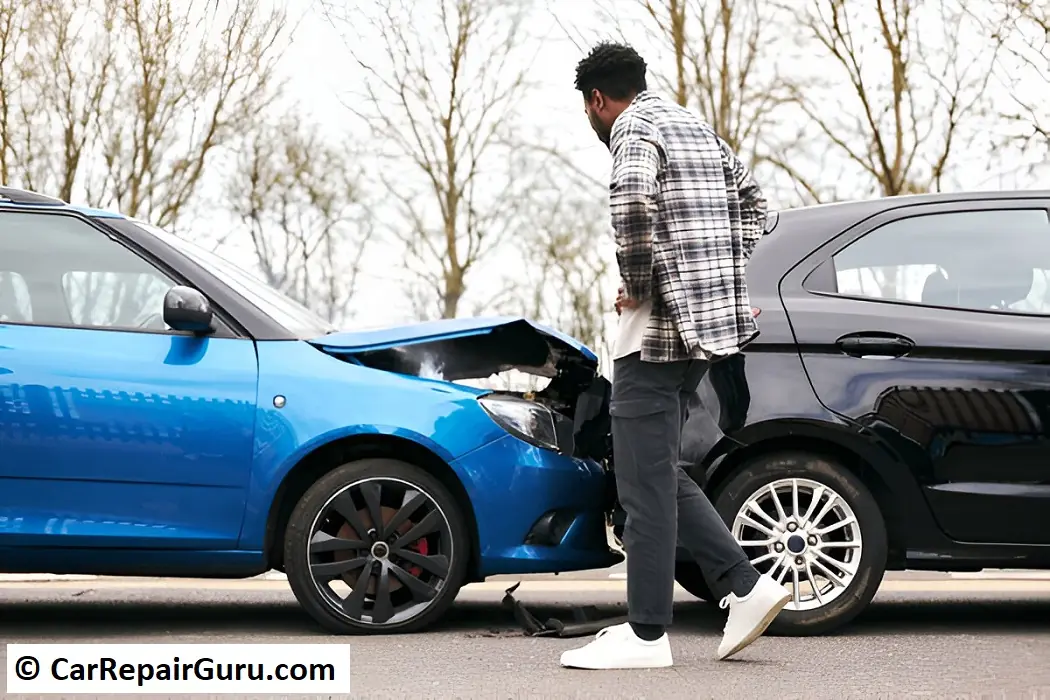
Rear-end collisions are among the most common types of car accidents, often resulting from distractions, sudden stops, or following too closely. These accidents not only cause damage to vehicles but can also lead to serious injuries, ranging from whiplash to long-term physical issues. Understanding and applying effective rear-end collision tips is crucial for both preventing such incidents and knowing how to respond if they occur.
Safe driving isn’t just about following traffic rules—it’s about being proactive and prepared for the unexpected. From maintaining proper vehicle spacing to being vigilant about road conditions, adopting simple car accident safety tips can significantly reduce your risk. Moreover, knowing the right steps to take immediately after a collision ensures you stay safe and handle the situation efficiently. This guide is designed to provide practical, actionable advice to help you navigate these scenarios and make the roads safer for everyone.
Common Causes of Rear-End Collisions
Rear-end collisions often occur because of a combination of driver behavior, environmental factors, and road conditions. Understanding these common causes of rear-end accidents can help drivers stay alert and avoid risky situations.
- Distracted Driving
One of the leading causes of rear-end collisions is distracted driving. Activities like texting, talking on the phone, eating, or adjusting the radio take your focus away from the road. Even a momentary lapse in attention can prevent you from reacting in time to avoid hitting the car in front. Recognizing the dangers of distracted driving is the first step toward safer habits. - Following Too Closely
Tailgating significantly reduces your ability to stop in time if the vehicle ahead brakes suddenly. The recommended “three-second rule” ensures you maintain a safe distance, giving you ample time to react. - Speeding and Sudden Stops
Driving above the speed limit or accelerating aggressively reduces the time available to respond to changing traffic conditions. Similarly, sudden stops—often caused by traffic congestion—leave little room for the car behind to react, especially if they are following too closely. - Adverse Weather Conditions
Rain, snow, or fog can create slick road surfaces and reduce visibility, increasing the likelihood of rear-end accidents. Driving too fast for the conditions or failing to adjust your braking distance can lead to collisions.
By recognizing these factors and adopting safer driving practices, you can minimize the risk of rear-end collisions and contribute to a safer driving environment.
Proven Tips to Prevent Rear-End Collisions
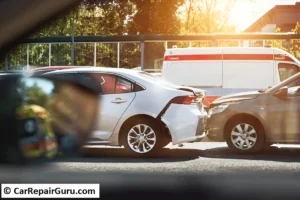
Preventing rear-end collisions requires adopting smart driving habits and maintaining awareness on the road. By following these road safety measures and implementing practical safe driving techniques, you can significantly reduce your risk.
1. Maintain a Safe Following Distance (3-Second Rule)
Keeping a safe distance between your car and the one in front is one of the most effective rear-end collision prevention strategies. The “three-second rule” is a simple way to measure this distance:
- Pick a fixed point on the road, such as a sign or pole.
- Once the car ahead passes it, count to three.
- If you reach the marker before completing the count, you’re following too closely.
This rule should be extended in poor weather or at high speeds to allow more time for sudden stops.
2. Stay Alert and Avoid Distractions
Distractions are a major contributor to rear-end accidents. To ensure your focus remains on the road:
- Avoid using your phone while driving.
- Limit in-car distractions, such as eating or adjusting the radio.
- Regularly scan the road ahead for potential hazards.
Staying attentive allows you to react quickly to sudden changes, such as unexpected stops or slow-moving vehicles.
3. Adjust Driving for Weather Conditions
Adverse weather like rain, snow, or fog can make roads slippery and reduce visibility. To adapt to these conditions:
- Reduce your speed to maintain control.
- Increase your following distance to account for longer braking times.
- Use your headlights appropriately to ensure you’re visible to other drivers.
These adjustments not only protect you but also help others on the road by reducing the chance of collisions.
4. Regular Vehicle Maintenance
Properly maintaining your car ensures that it’s in optimal condition to handle emergencies. Key areas to focus on include:
- Brakes: Check regularly for wear and tear to ensure effective stopping power.
- Tires: Maintain proper inflation and replace worn tires for better traction.
- Lights and Wipers: Ensure visibility by replacing malfunctioning lights and worn wiper blades.
By combining these rear-end collision prevention strategies with consistent vigilance and care, you can protect yourself and others on the road. Driving safely isn’t just about avoiding accidents—it’s about fostering a culture of responsibility and awareness.
What to Do After a Rear-End Collision
Experiencing a rear-end collision can be stressful, but following the correct post-accident procedures can help ensure everyone’s safety and simplify the claims process. Here are the essential steps to take immediately after the accident:
1. Check for Injuries and Ensure Safety
The first priority is to assess yourself and others for injuries. If anyone is hurt, call emergency services immediately. Even minor injuries like whiplash can worsen over time, so medical attention is crucial. Turn on your hazard lights to alert other drivers and prevent further incidents.
2. Move to a Safe Location (if Possible)
If your vehicle is drivable, move it to the side of the road or a safe area to avoid obstructing traffic. This helps prevent additional accidents and makes it safer to exchange information and document the scene. If the car cannot be moved, stay inside with your seatbelt fastened until help arrives.
3. Exchange Contact and Insurance Details
Exchange the following information with the other driver(s):
- Full name and contact information
- Insurance company and policy number
- Driver’s license and vehicle registration
Avoid discussing fault at the scene, as this is determined later by insurance companies or authorities.
4. Document the Scene with Photos
Take clear photos of the accident scene, including:
- Vehicle damage
- License plates
- Road conditions and traffic signs
- Any visible injuries
These photos will serve as evidence for your insurance claim.
5. Report the Accident to Authorities and Insurance
In many areas, it’s required to report accidents to local law enforcement, especially if there’s significant damage or injuries. File a report with your insurance company promptly, providing them with all relevant details and documentation.
6. Seek Medical Attention, Even for Minor Injuries
Some injuries, like whiplash or concussions, may not show symptoms immediately. Visit a doctor to ensure any injuries are properly diagnosed and treated, which can also support your claim if medical expenses arise later.
By following these steps and knowing what to do after a car accident, you can handle the situation calmly and effectively while protecting your rights and safety.
Legal and Insurance Considerations
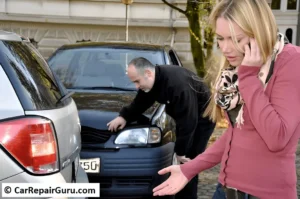
After a rear-end collision, understanding your legal rights and the insurance process is vital for protecting yourself financially and legally. Here’s what you need to know about the key insurance steps after a collision and when to seek legal assistance.
Reporting an Accident to Your Insurer
Once the immediate aftermath is managed, notify your insurance company promptly. Provide them with:
- Details of the accident, including time, date, and location
- Contact information of all parties involved
- Photos and documentation of vehicle damage and injuries
- The police report (if applicable)
Most insurers have a specific window for reporting accidents, so acting quickly helps avoid complications. Be honest in your report but stick to the facts—do not admit fault, as this determination is handled by claims adjusters.
When to Contact Legal Counsel
In some cases, it’s beneficial or necessary to consult a lawyer:
- Disputes Over Fault: If fault is unclear or contested, legal representation can help protect your rights.
- Injury Claims: If you or a passenger sustain significant injuries, a lawyer can help negotiate compensation for medical bills, lost wages, and pain and suffering.
- Insurance Denials: If your insurer denies your claim or offers insufficient coverage, legal advice may be needed to challenge the decision.
An attorney experienced in legal advice for accidents can guide you through the process and ensure you receive fair treatment from insurance companies or other involved parties.
By following these steps and knowing when to seek professional guidance, you can navigate the aftermath of a collision with confidence and peace of mind.
Conclusion
Rear-end collisions are among the most common types of accidents, yet they are highly preventable with the right precautions. Applying these rear-end collision tips, such as maintaining safe distances, staying alert, and adjusting for weather conditions, can significantly improve your safety and that of others on the road.
Driving responsibly and adopting safe driving techniques isn’t just about avoiding accidents; it’s about fostering a culture of road safety. Stay informed, keep your vehicle in top condition, and practice mindfulness behind the wheel to ensure a safer journey every time.
Start implementing these tips today—because safety is everyone’s responsibility.
FAQs
What is the most common cause of rear-end collisions?
Distracted driving and following too closely are the leading causes of rear-end collisions. Activities like texting or tailgating reduce reaction times, making it harder to avoid accidents.
How can I prevent rear-end collisions during bad weather?
Reduce your speed to maintain better control, leave extra space between vehicles, and use headlights to increase visibility. Adjusting your driving habits for conditions like rain, snow, or fog is crucial for preventing accidents.
What steps should I take immediately after being rear-ended?
- Check for injuries and ensure everyone’s safety.
- Move to a safe location, if possible.
- Document the scene with photos and exchange information with the other driver.
- Notify your insurer and file a police report if necessary.
Do I always need a lawyer after a rear-end collision?
Not always. However, consulting a lawyer is advisable if there are disputes over fault, significant injuries, or if your insurance claim is denied or undervalued. Legal advice ensures your rights are protected and fair compensation is pursued.
